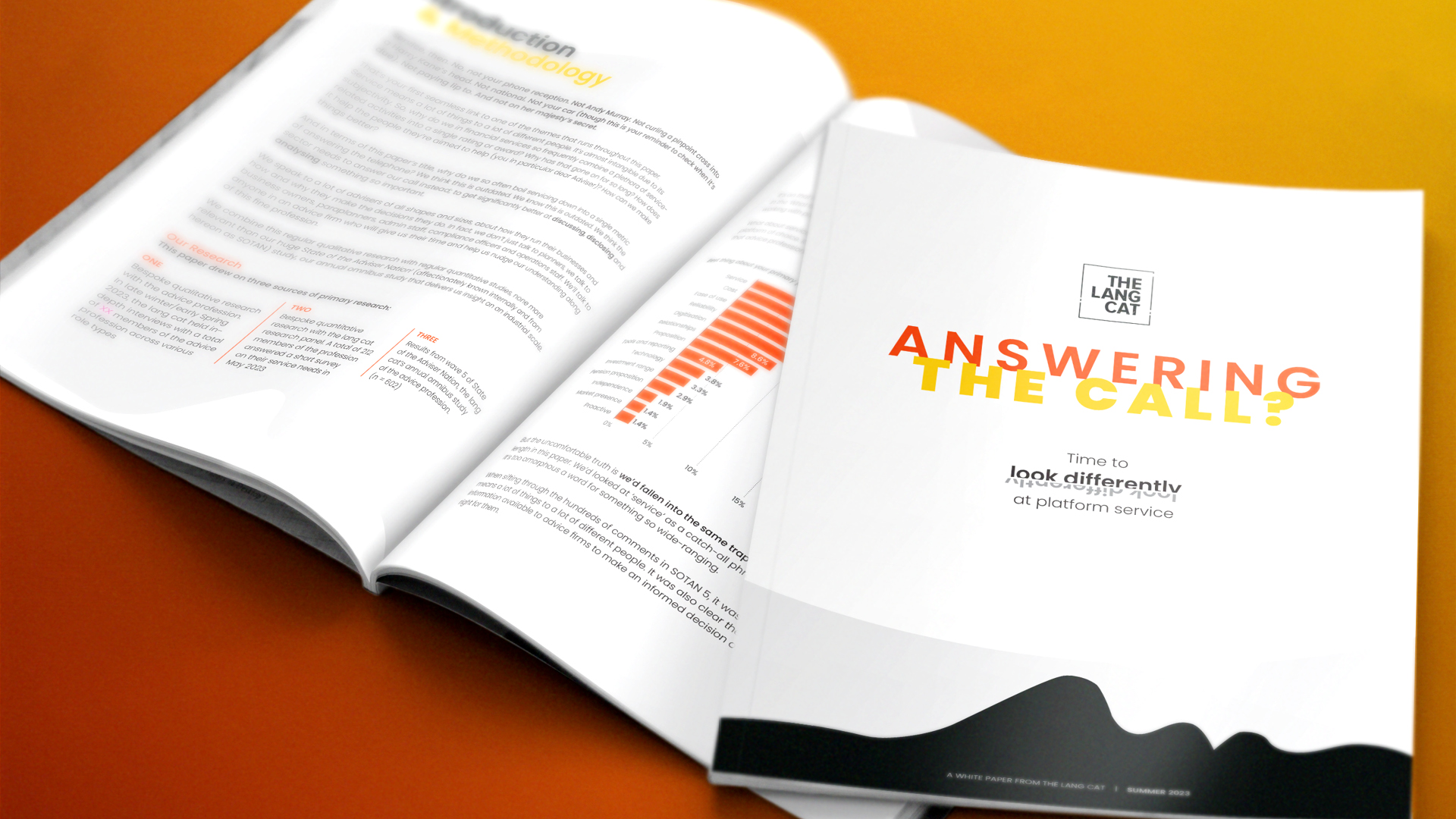For anyone even skimming HM Treasury’s consultation paper on the launch of a secondary annuity market, the lack of enthusiasm in its presentation was palpable.
The press release and subsequent paper is permeated with the belief that for most people, sticking with an annuity is the right thing to do. It feels very much like a schoolboy who has grudgingly finished his homework so he can go and play with his friends. Whether George Osborne has friends is another matter but the point remains.
You’d be forgiven for thinking young Master George was acting under duress. And in a sense, he is.
It will have escaped no-one that our population is ageing. And that means the voting pool is ageing the proportion of over 65s increased by 2 percentage points between 1987 and 2010. Add in the fact that this group is more likely to vote and quite a few of them have annuities and were a bit narked at missing out on the first round of pension freedom and Hello, secondary annuity market! What do you mean, there’s a general election in less than two months? Really? Really? Well I never.
But here we are and it’s going to be one to watch; even if it does feel a little like the consultation paper equivalent of turning The Hobbit into a movie trilogy. At least the consultation might stick to the basic premise of the paper and not randomly introduce questions from other proposals.
The thing that really bothers me about the whole concept is the lack of a clear beneficiary. Correction; a clear beneficiary who isn’t actually being mugged but is unable to see it or who is taking time out of their busy schedule of tying young maidens to railway lines. That’s a pretty low risk activity on the Fife – Circle incidentally.
Should things proceed, the unholy trinity would consist of:
- The original annuity provider – who wants to make money
- The potential third-party annuity holder – who wants to make money
- The current annuity holder – who wants as much cash for their annuity as they can get
It doesn’t take an actuary to predict the inevitable carve up. The original annuity provider is in the strongest position – the have the power of veto. The annuity holder, not so much. While they can shop around for potential third-parties, there is no flexibility around the existing annuity provider.
One added concern is that investors looking to cash-out annuities are likely to be removed from an advice relationship; setting up the annuity may well have been the end of their perceived need for advice. Given all the additional costs being loaded into the process through underwriting, administration, re-assurance and so forth, it’s unlikely that annuitants with smaller to mid-size pots will take a further hit by paying for advice. While we’re on the subject – how likely is it that these consumers will understanding the scale or detail of costs coming out of their converted annuity pot?
The consultation paper suggests that third-party acquirers could offer their own flexible drawdown or annuity to house the newly liberated fund. On the upside, this could mean a new prospect for distressed annuity providers. The downside is that we could be looking at an action replay of consumers opting for the (newly) existing provider rather than shopping around for the second time in rapid succession. If they shopped around the first time.
There’s a real prospect of consumer detriment here, more so than with any of the other freedoms, with the added risk of another rapid implementation. Done correctly it might meet a need for some consumers, albeit at a cost. Done poorly and it feels like legalised pension liberation.
It’s hard to see how, in the majority of cases, this will be the best route for the consumer in the long term. HM Treasury seems to agree (the consumer protection chapter could be boiled down to read -humped) and the reaction so far in the trade press is pretty one-sided.
The outcome of the consultation process could be instructive, not to mention the outcome of the general election – one party’s hobby horse is rarely the successor’s highest priority – but we have to assume that it might happen. Electioneering aside, it seems as if a great deal of effort and attention is about to be devoted to something which the government is generously predicting to be a – niche market-.




